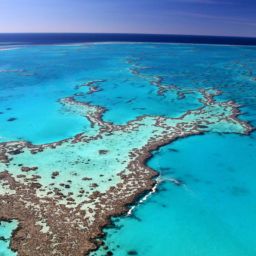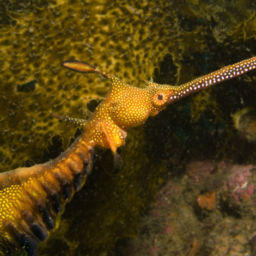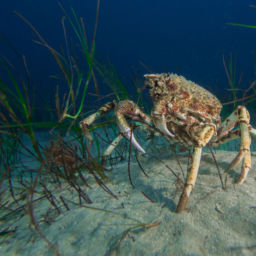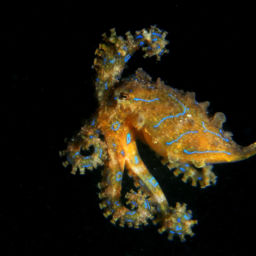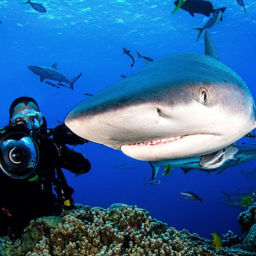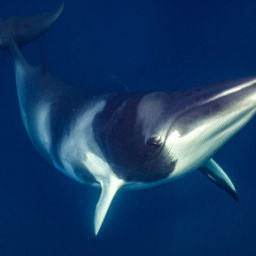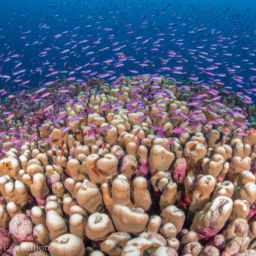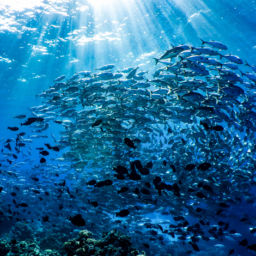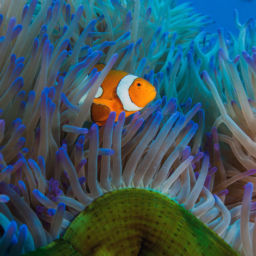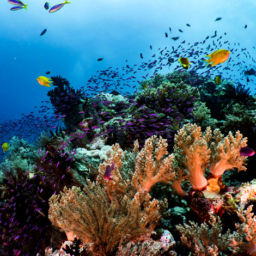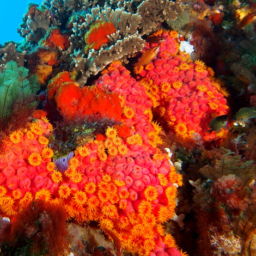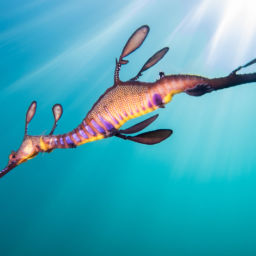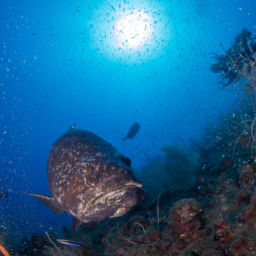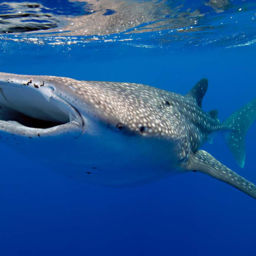Driving through Mosman, in suburban Sydney, you’ll pass countless grand old houses with spectacular harbor views. But it’s the spectacular muck diving in Chowder Bay nearby that interests divers most.
Muck diving in Chowder Bay
Clifton Gardens, on Chowder Bay, is a popular picnic spot in Mosman, on the north shore of Sydney Harbor. This large park offers barbecue facilities and a playground, as well as a shark-netted swimming area and a long jetty. The latter is popular topside with fishermen. Snorkelers and divers love it because it shelters a wide range of macro life.
Under the jetty in Chowder Bay, on the sponge-encrusted pylons and shark net, you’ll find lots of macro critters, from nudibranchs and seahorses, to frogfish and decorator crabs.
On summer weekends (November to February), the park is heaving with people. Thusly, it pays to arrive early in the morning to secure a parking spot. A steep, winding road leads down to the bay and you don’t want to lug dive gear all the way down — or back up.
The best entry point is at the end of the jetty, where steps lead down into the water. Here, you can put your fins on and either giant stride or slide in. Descend here and take a northwest bearing to follow an old chain to “The Wreck,” an old dingy that’s little more than a pile of scrap and a rubble patch. Or, turn right and follow the pylons and shark net around the swimming area.
On the way to the rubble patch you’ll usually find a little blenny in his green beer-bottle home. There are pipefish in the seagrass and sometimes the odd flying gurnard. At the wreck and underneath the nearby mooring you’ll often find a frogfish or two, octopuses, cuttlefish and moray eels hiding among the wreckage.
Under the jetty
You could easily spend a couple of hours back under the jetty — literally, since it’s only about 15 feet (5 m) deep. Explore the sponge formations on the wooden pylons looking for nudibranchs, seahorses and decorator crabs. There are several species of seahorse in colors ranging from white to pink, green, brown and black. Once you’ve spotted one, you’ll start spotting them every few minutes.
You’ll find frogfish and anglerfish on the sandy bottom, usually hiding near the shark net among the seaweed and sponges that encrust the lower parts. The pylons are the best place to look for decorator crabs — the stars of this dive site.
Look for nudibranchs on any type of terrain. They’re usually small and colorful, but there are some large pin-striped sand-burrowing Armina papillatas about. As you swim around the pylons, you’ll come across plenty of leatherjackets, yellowtail scads, boxfish, and cuttlefish hovering near the weeds and sponge formations.
A courtship dance in Chowder Bay: the female cuttlefish on the left is having her honor defended by her handsome boyfriend (middle) from an unwanted interloper on the right.
Chowder Bay is one of Sydney’s easiest dive sites to navigate. The netted swimming area provides a guide to shore when you start to get low on air. Back on dry land, there are showers in the toilet block. But you’ll find a better shower on the north end of the beach next to a café that serves a mean apres-dive cappuccino.
Deborah Dickson-Smith is one half of Diveplanit, a dive travel website she manages with her partner Simon Mallender, based in Australia.








